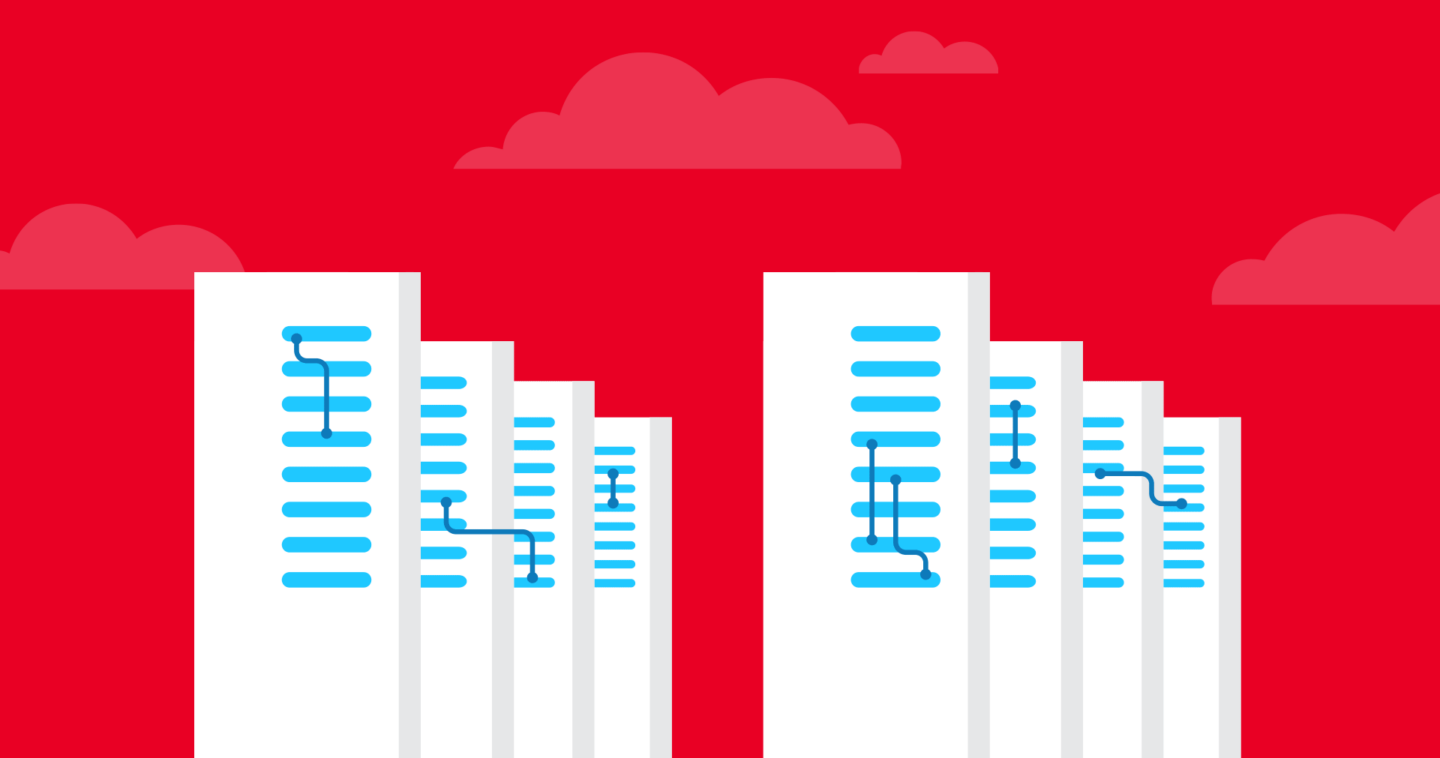9 Interesting Stats on the Growth of Data Centers
Data centers don’t look like much. Except for this art deco number recycled from a printing firm in Chicago, most are plain, utilitarian structures located on the edge of population centers. But they are arguably the most important buildings in the world because they are at the hub of everything we do. And they are growing at a remarkable clip.
[Tweet “9 Interesting Stats on the Growth of Data Centers”]
Here are some things you may want to keep in mind the next time you’re thinking of getting more IT space:
- The edge of the Internet is expanding. Edge data centers effectively try to bring top-notch Internet service to “tier two” cities such as St. Louis, Orlando and Milwaukee (Tier two is their term, not mine.) Disagreements exist over what constitutes an “edge” versus a “co-location” facility but if you’re able to cache about 80% of the Internet (which means Netflix, YouTube, Akamai ) for the majority of broadband subscribers in an area, you’ve extended the edge of the Internet.
- The edge is also growing fast. EdgeConneX was just an idea three years ago. By the end of the year it will have 30 data centers. vXchnge bought eight facilities from SunGuard in May to expand its footprint to 15 cities. A big driver of the edge movement was Psy, the South Korean who’s “Gangnam Style” hit broke streaming records. Every time someone in Phoenix wanted to watch the video, they were retrieving it from L.A., incurring transport fees for the ISP.
- At the other end of the spectrum, hyperscale data centers are getting larger and larger. A In China, the Range International Information Hub, opening later this year, will cover 6.3 million square feet, slightly smaller than the Pentagon. SuperNap, meanwhile, will build a collection of data center buildings in Reno covering 6.5 million square feet.
- A shout out to hyperactive hyperscalars. Amazon manages an estimated 1.5 to 2 million servers in 28 “sets” of data centers around the world. Amazon divides the world into 11 cloud regions. The Next Generation Data Europe Data Center in Wales, meanwhile, was retrofitted from an LG Semiconductor plant: it holds 19,000 racks.
- Governors love them. 23 states offer tax incentives and other stimuli and 16 others have offered ad-hoc incentives, bringing the total to 49 states offering $1.5 billion in tax breaks.
- Shop before you shovel. In Minnesota, data centers that sport 25,000 square feet and cost $30 million can obtain a 20-year sales tax exemption on equipment and energy and a permanent property tax exemption on equipment. Ten facilities have qualified. Nevada awarded $229 million in incentives to SuperNap for building $3 billion in facilities and $55 million to Apple for its $400 million data center. Iowa is home to facilities for Microsoft, Google and Facebook and gives incentives for investments as low as $1 million. Here’s a state-by-state list.
- Data center construction will grow 21 percent per year through 2018.
- Computing assets, however, are going to waste. The Antithesis Group and Stanford’s Jonathan Koomey, extrapolating from their own work and other studies, estimated that 30% of servers in the U.S. were comatose, i.e. they have not performed valuable computing work or delivered data in the past six months. Worldwide, they estimate the total comes to 10 million servers and close to $30 million in idle capital.
- In 2013, Lawrence Berkeley National Labs conducted a thought experiment to see how much energy could be saved if everyone in the U.S. shifted email, CRM and other common productivity apps to the cloud. The Lab estimated that it could cut energy used to run these apps by 87%– enough to power Los Angeles.
Clearly, there’s room to improve.




